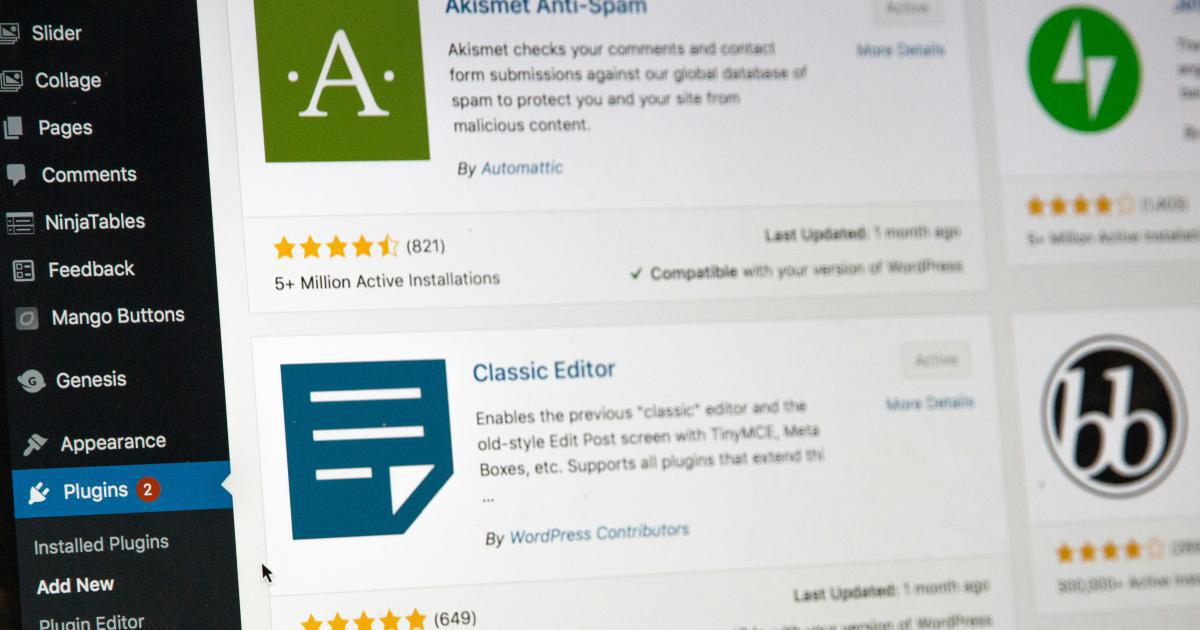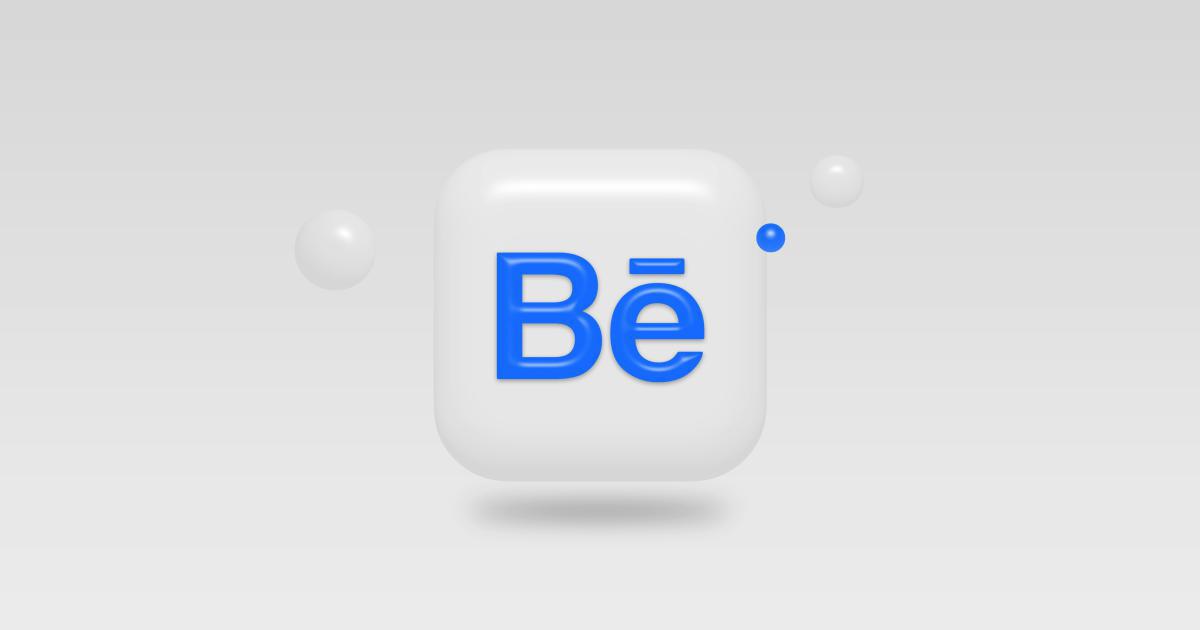Client-Side vs. Server-Side A/B Testing: Pros and Cons


Introduction to A/B Testing
A/B testing, also known as split testing, is a powerful data-driven approach to optimizing digital experiences. It involves comparing two or more variants of a web page, mobile app, or marketing campaign to determine which one performs better in terms of key metrics, such as conversion rates, engagement, or user satisfaction.
The fundamental premise of A/B testing is to make data-driven decisions rather than relying solely on intuition or personal preferences. By systematically testing different versions of an element and analyzing the results, businesses can gain valuable insights into user behavior and make informed improvements to their digital products and marketing strategies.

A/B testing can be implemented in various ways, but the primary distinction lies in whether the testing is done on the client-side or the server-side. Each approach has its own set of advantages and disadvantages, which we will explore in detail in this article.
Client-Side A/B Testing
Client-side A/B testing, also known as front-end A/B testing, involves serving different versions of a web page or app directly to the user's browser or device. This means that the test variants are generated and rendered on the client-side, without any server-side involvement.
How Client-Side A/B Testing Works
In a client-side A/B testing setup, the different test variants are typically created using front-end technologies such as HTML, CSS, and JavaScript. When a user visits the website or opens the app, the client-side testing script (often provided by a third-party A/B testing platform) detects the user's device and browser, and then randomly assigns the user to one of the test variants.
The user's experience is then recorded, and the performance of each variant is measured based on the defined success metrics, such as conversion rates, engagement, or user feedback. The test results are then analyzed, and the winning variant can be permanently implemented on the live site or app.

Advantages of Client-Side A/B Testing
Faster Implementation: Client-side A/B testing typically requires less technical setup and can be implemented more quickly than server-side testing. Front-end developers can easily create and deploy test variants without the need for extensive server-side infrastructure or coordination with backend teams.
Easier Scalability: As the user base grows, client-side A/B testing can scale more easily, as the testing logic and rendering are all handled on the client-side, without putting additional strain on the server.
Reduced Server Load: Since the test variants are generated and rendered on the client-side, the server is not burdened with the additional processing required for serving different versions of the page or app. This can be particularly beneficial for high-traffic websites or resource-constrained environments.
Improved User Experience: Client-side A/B testing allows for a seamless and consistent user experience, as the test variants are rendered directly in the user's browser or device, without any noticeable delays or interruptions.
Flexibility and Experimentation: Client-side A/B testing gives developers and marketers more flexibility to experiment with different designs, layouts, and features without the need for extensive server-side changes or code deployments.
Disadvantages of Client-Side A/B Testing
Limited Targeting and Personalization: In a client-side A/B testing setup, the targeting and personalization options are often more limited, as the test variants are assigned based on the user's device and browser characteristics, rather than more detailed user profiles or behavioral data.
Potential for Inconsistent User Experiences: If the test variants involve substantial changes to the page structure or functionality, the user experience may not be as consistent or seamless, as the different versions are rendered independently on the client-side.
Increased Risk of Interference with User Interactions: Client-side A/B testing scripts can potentially interfere with other client-side scripts or user interactions, leading to unexpected behavior or performance issues.
Dependency on Client-Side Technologies: Client-side A/B testing relies heavily on the user's browser and device capabilities, which can introduce compatibility issues or introduce potential biases in the test results.
Limited Visibility and Control: With client-side A/B testing, the test execution and data collection happen primarily on the client-side, which can make it more challenging to have complete visibility and control over the testing process, especially when troubleshooting or analyzing the results.
Server-Side A/B Testing
Server-side A/B testing, also known as back-end A/B testing, involves serving different versions of a web page or app from the server, with the test variants being generated and rendered on the server-side.
How Server-Side A/B Testing Works
In a server-side A/B testing setup, the different test variants are created and managed on the server-side, often using backend technologies such as server-side rendering (SSR) frameworks, content management systems (CMS), or custom server-side logic.
When a user visits the website or opens the app, the server determines which test variant to serve based on various factors, such as user characteristics, previous behavior, or a randomization algorithm. The server then generates the appropriate HTML, CSS, and JavaScript code, and sends the rendered content to the user's browser or device.
The user's interactions and performance metrics are then tracked and reported back to the server, where the test results are analyzed to determine the winning variant.

Advantages of Server-Side A/B Testing
Improved Targeting and Personalization: Server-side A/B testing allows for more advanced targeting and personalization, as the test variants can be served based on detailed user profiles, behavioral data, or other server-side information, leading to more relevant and impactful experiences.
Consistent User Experience: Since the test variants are generated and rendered on the server-side, the user experience remains seamless and consistent, regardless of the device or browser used by the user.
Enhanced Data Accuracy and Visibility: Server-side A/B testing provides better visibility and control over the testing process, as the data collection, variant assignment, and result analysis all happen on the server-side, leading to more accurate and reliable data.
Improved Security and Compliance: With server-side A/B testing, sensitive user data and business logic are kept on the server, reducing the risk of client-side tampering or security breaches.
Flexibility in Experimentation: Server-side A/B testing allows for more complex and sophisticated experiments, as the test variants can involve server-side processing, database interactions, or other server-side functionality, beyond just front-end changes.
Disadvantages of Server-Side A/B Testing
Longer Implementation Timeframe: Implementing server-side A/B testing typically requires more technical setup and coordination between front-end and back-end teams, leading to a longer implementation timeline compared to client-side testing.
Increased Server Load and Complexity: Server-side A/B testing can put more strain on the server, as it needs to handle the additional processing and rendering of the test variants, which can impact overall server performance and scalability.
Potential for Latency and Slower Page Loads: Since the test variants are generated and rendered on the server-side, there may be a slight delay in page load times or perceived user experience, especially for users with slower internet connections or devices.
Higher Development and Maintenance Costs: Implementing and maintaining a robust server-side A/B testing infrastructure can be more resource-intensive and costly, as it often requires specialized server-side development skills and ongoing maintenance.
Potential Conflicts with Client-Side Frameworks: Integrating server-side A/B testing with client-side frameworks or libraries, such as single-page application (SPA) frameworks, can sometimes be more complex and require additional effort to ensure seamless integration.
Comparing Client-Side and Server-Side A/B Testing
To help you make an informed decision on which approach to use for your specific needs, let's compare the key aspects of client-side and server-side A/B testing:
Speed and Ease of Implementation
Client-Side A/B Testing: Typically faster and easier to implement, as it requires less technical setup and coordination between teams.
Server-Side A/B Testing: Generally takes more time and effort to set up, as it involves more complex server-side infrastructure and integration with backend systems.
Scalability and Server Load
Client-Side A/B Testing: Scales more easily, as the test variants are rendered on the client-side, reducing the load on the server.
Server-Side A/B Testing: Can put more strain on the server, as it needs to handle the additional processing and rendering of the test variants, which can impact overall server performance and scalability.
Targeting and Personalization
Client-Side A/B Testing: More limited in terms of targeting and personalization options, as the test variants are typically assigned based on device and browser characteristics.
Server-Side A/B Testing: Offers more advanced targeting and personalization capabilities, as the test variants can be served based on detailed user profiles, behavioral data, or other server-side information.
User Experience and Consistency
Client-Side A/B Testing: Can potentially lead to inconsistent user experiences, as the test variants are rendered independently on the client-side.
Server-Side A/B Testing: Provides a more consistent user experience, as the test variants are generated and rendered on the server-side.
Data Accuracy and Visibility
Client-Side A/B Testing: Data collection and analysis can be more challenging, as the testing occurs primarily on the client-side, with limited visibility and control.
Server-Side A/B Testing: Offers better data accuracy and visibility, as the test execution and data collection happen on the server-side, providing more complete information and control over the testing process.
Security and Compliance
Client-Side A/B Testing: Potentially more exposed to security risks, as sensitive user data and business logic are stored on the client-side.
Server-Side A/B Testing: Provides better security and compliance, as the user data and business logic are kept on the server-side, reducing the risk of client-side tampering or security breaches.
Flexibility and Experimentation
Client-Side A/B Testing: Offers more flexibility for experimentation, as front-end developers can easily create and deploy test variants without extensive server-side changes.
Server-Side A/B Testing: Allows for more complex and sophisticated experiments, as the test variants can involve server-side processing, database interactions, or other server-side functionality.

Choosing the Right Approach
Deciding between client-side and server-side A/B testing depends on various factors, including your specific business requirements, technical capabilities, and the nature of your digital products or marketing campaigns.
Here are some general guidelines to help you choose the right approach:
Use Client-Side A/B Testing If:
- You have a fast-paced development environment and need to implement tests quickly.
- Your experiments are focused on front-end changes (e.g., design, layout, content).
- You have a limited technical team and prefer a more straightforward implementation.
- Your website or app has a high volume of traffic, and you want to minimize the impact on server performance.
- You have a strong need for a seamless and consistent user experience across different devices and browsers.
Use Server-Side A/B Testing If:
- You require advanced targeting and personalization capabilities based on user data and behavior.
- Your experiments involve server-side processing, database interactions, or other complex functionality.
- You have a dedicated technical team and can invest more time and resources in the setup and maintenance of the testing infrastructure.
- You need a higher degree of data accuracy, visibility, and control over the testing process.
- You have strict security and compliance requirements that necessitate server-side handling of sensitive user data.
In some cases, a hybrid approach that combines client-side and server-side testing may also be beneficial, leveraging the strengths of both methods to address your specific needs.

Best Practices for Effective A/B Testing
Regardless of whether you choose client-side or server-side A/B testing, there are several best practices to ensure the success of your testing efforts:
Define Clear Objectives and Metrics: Clearly define your testing goals and the key performance indicators (KPIs) you want to measure, such as conversion rates, engagement, or revenue.
Ensure Statistical Significance: Implement rigorous statistical methods to ensure the test results are statistically significant and not due to random chance.
Maintain Consistent User Experiences: Strive to provide a seamless and consistent user experience across test variants, regardless of the testing approach.
Optimize for Mobile Devices: Ensure your A/B testing strategy accounts for the growing importance of mobile, with responsive designs and optimized user experiences.
Continuously Iterate and Learn: Treat A/B testing as an ongoing process of experimentation, analysis, and continuous improvement, rather than a one-time event.
Integrate with Existing Analytics and Optimization Tools: Leverage your existing analytics and optimization tools to enhance the effectiveness of your A/B testing efforts.
Adhere to Privacy and Data Regulations: Ensure your A/B testing practices comply with relevant privacy laws and data protection regulations, such as GDPR or CCPA.
Collaborate Across Teams: Foster cross-functional collaboration between marketing, design, and development teams to maximize the impact of your A/B testing initiatives.

By following these best practices, regardless of whether you choose client-side or server-side A/B testing, you can ensure that your testing efforts yield valuable insights and drive meaningful improvements to your digital products and marketing campaigns.
Conclusion
In the world of digital optimization, A/B testing has become an indispensable tool for businesses of all sizes. The choice between client-side and server-side A/B testing ultimately depends on your specific needs, technical capabilities, and the nature of your digital products or marketing campaigns.
Client-side A/B testing offers a faster and more straightforward implementation, while server-side testing provides more advanced targeting, personalization, and data accuracy. By understanding the pros and cons of each approach, you can make an informed decision that aligns with your goals and resources.
Regardless of the testing approach you choose, adhering to best practices, such as defining clear objectives, ensuring statistical significance, and continuously iterating, will be crucial to the success of your A/B testing efforts. By leveraging the power of data-driven optimization, you can unlock new opportunities for growth, enhance user experiences, and stay ahead of the competition in the ever-evolving digital landscape.